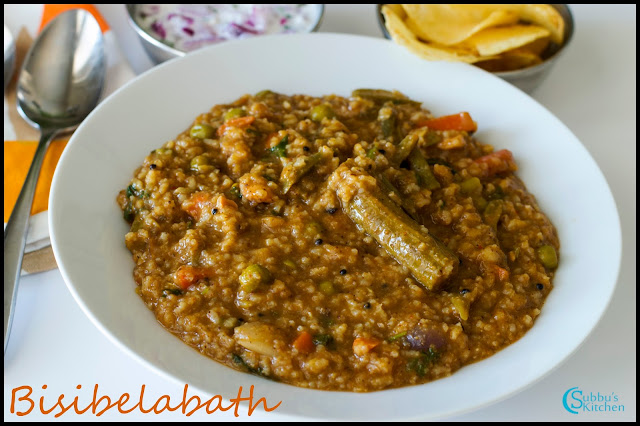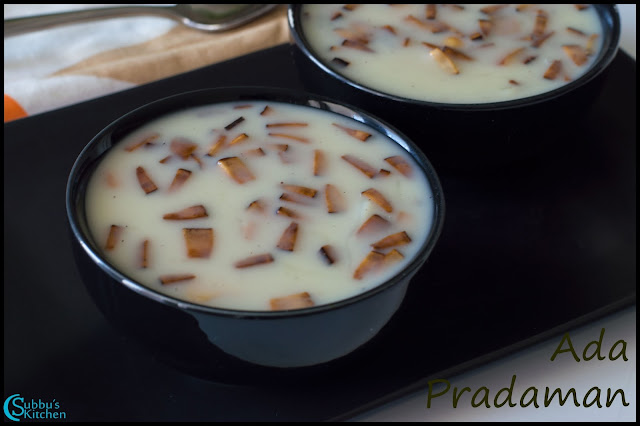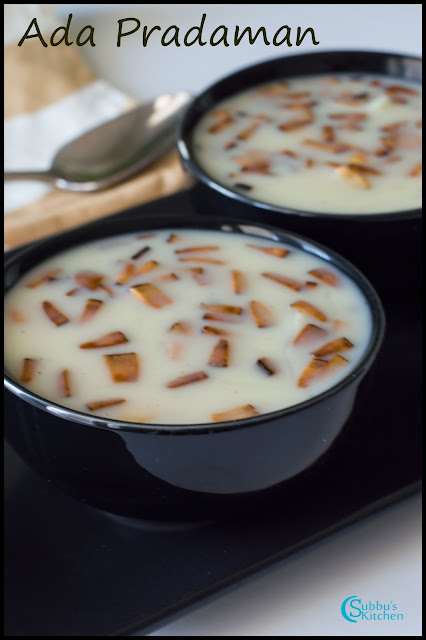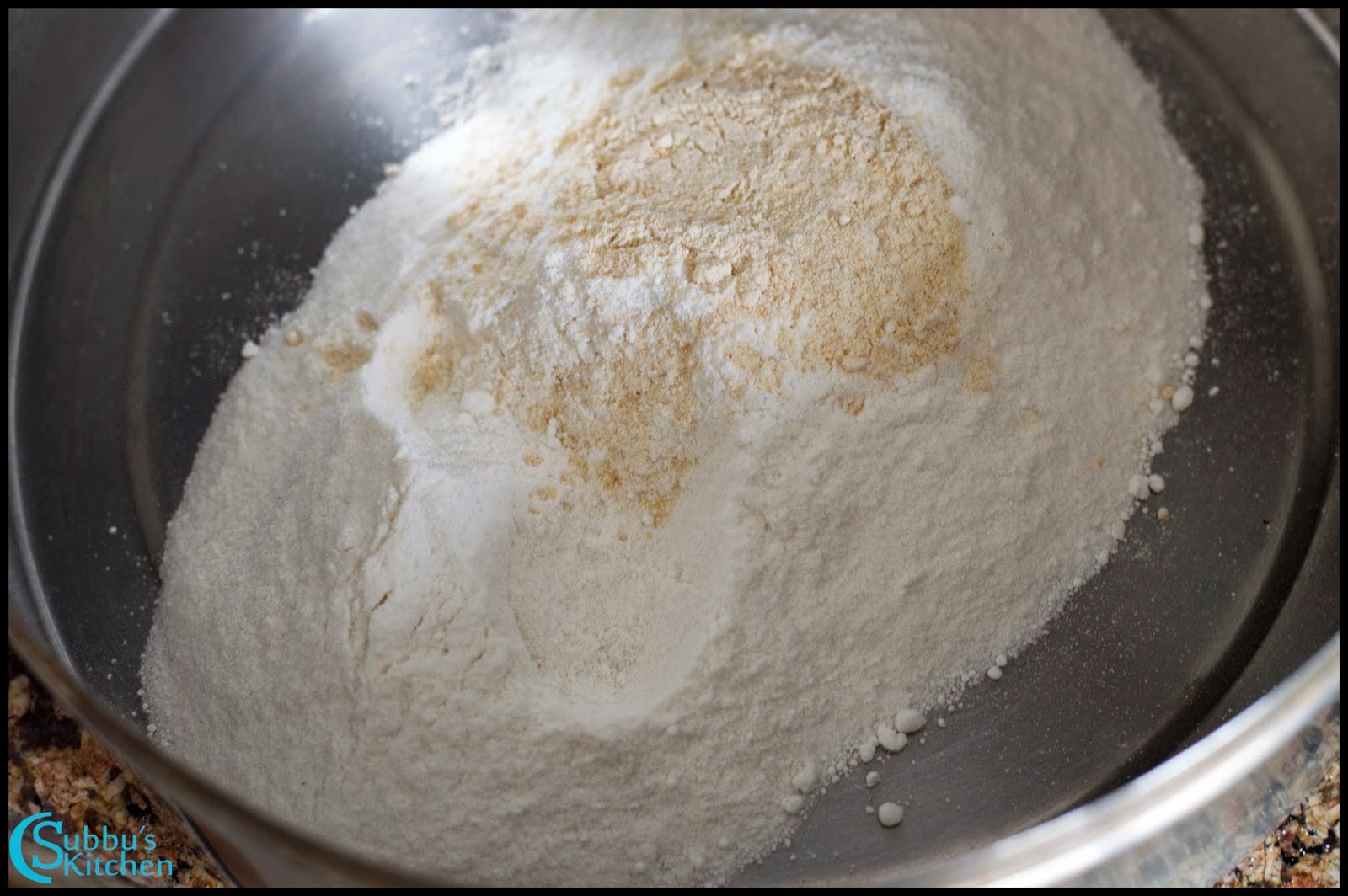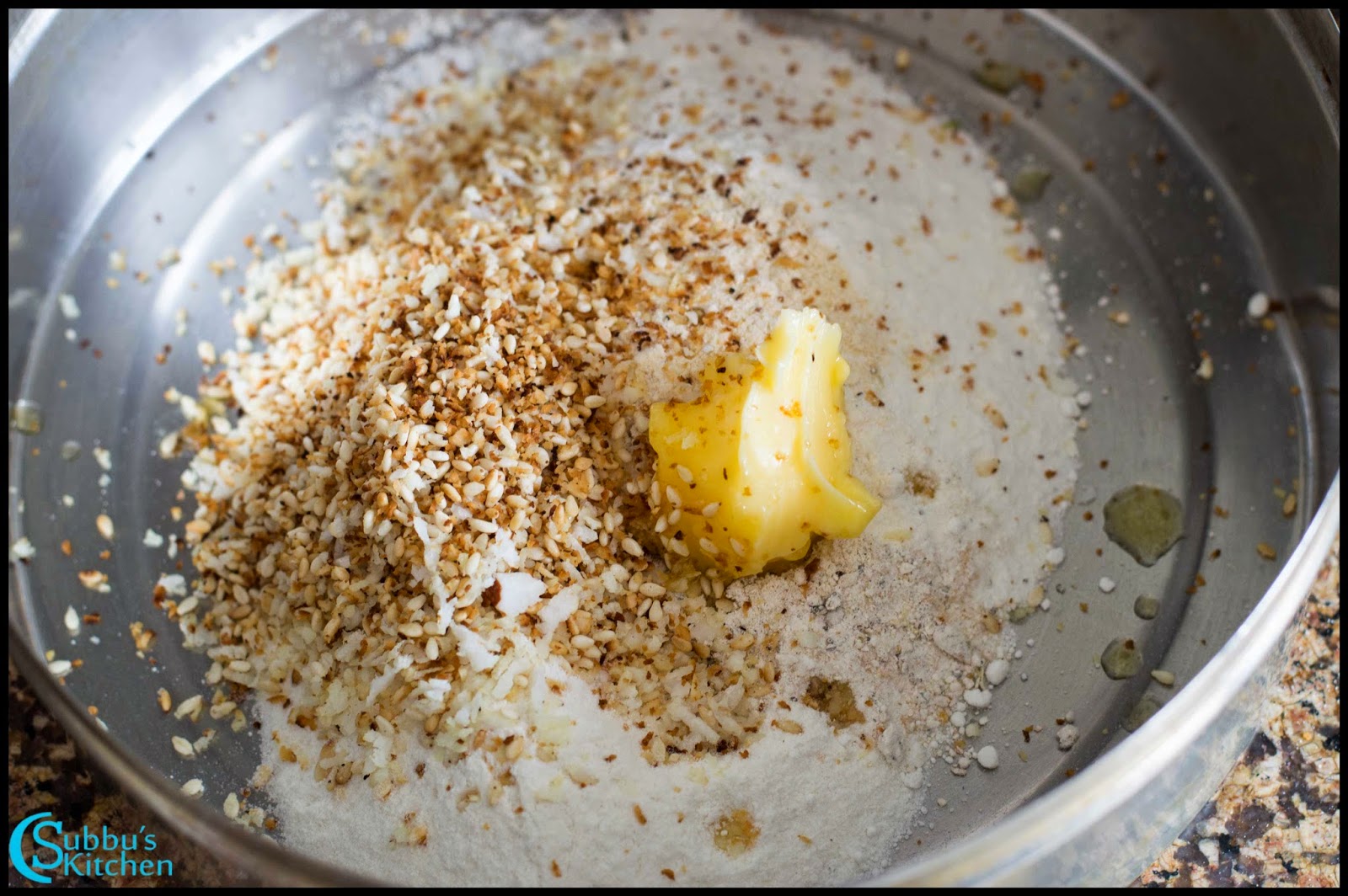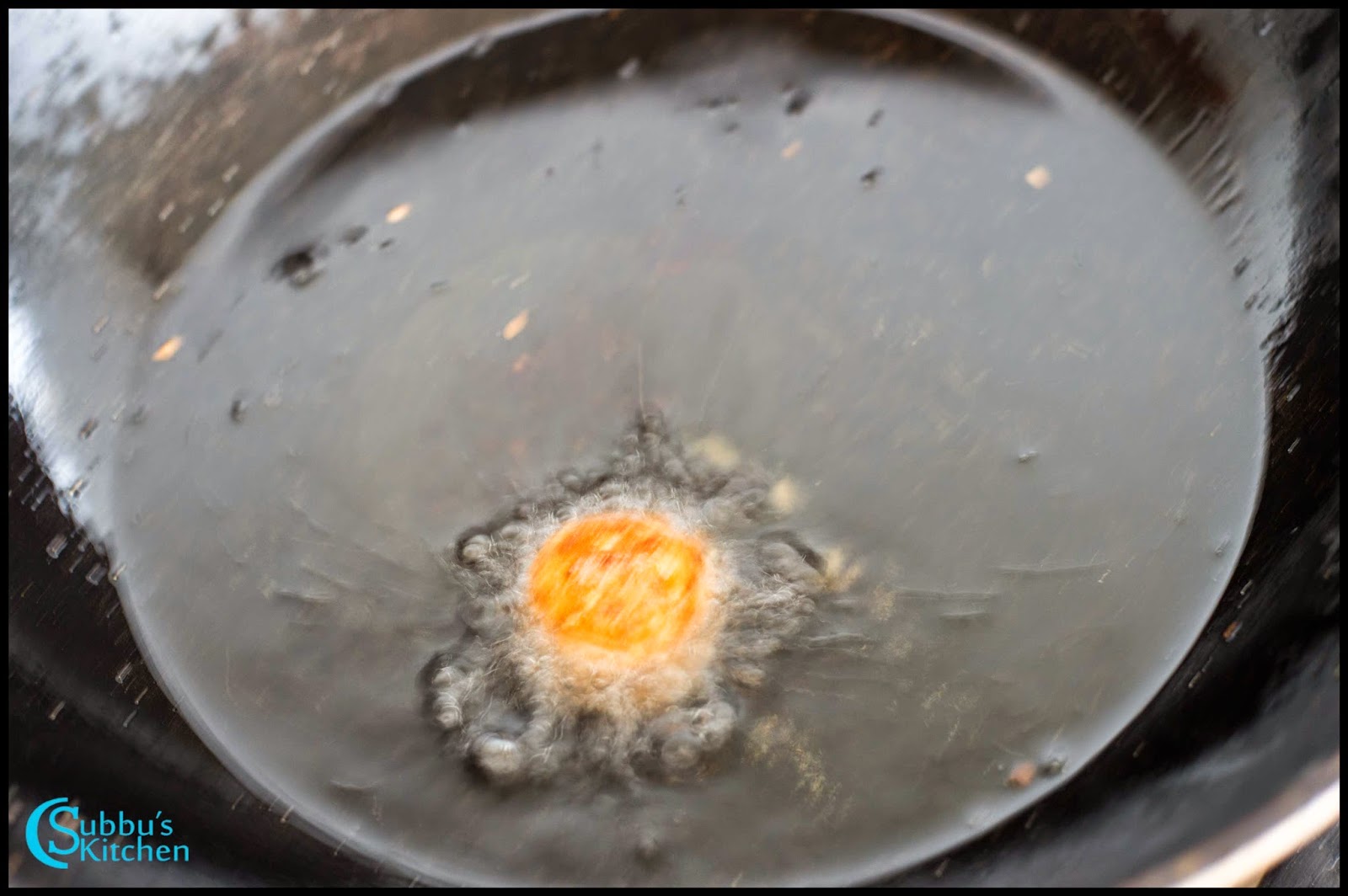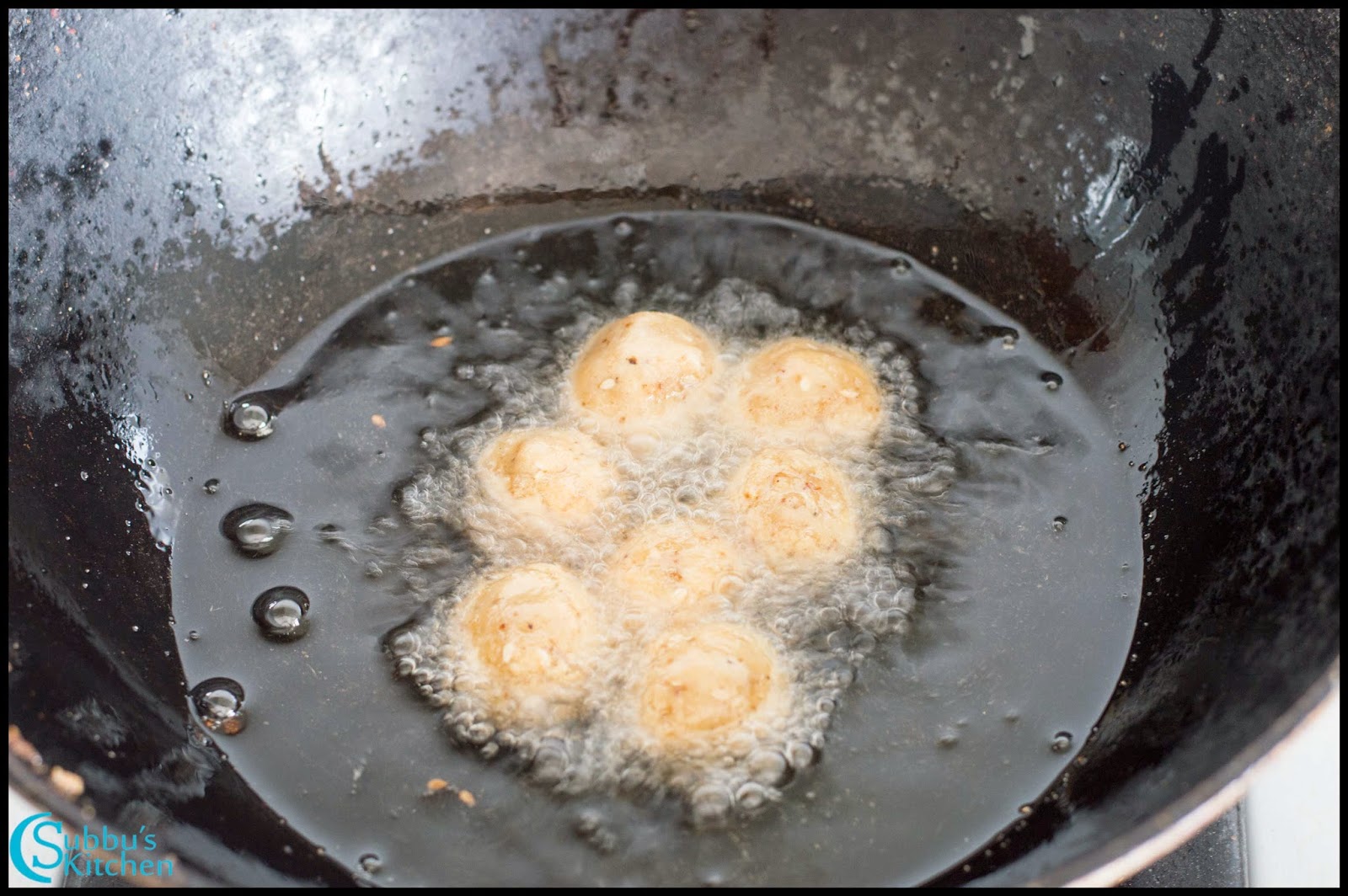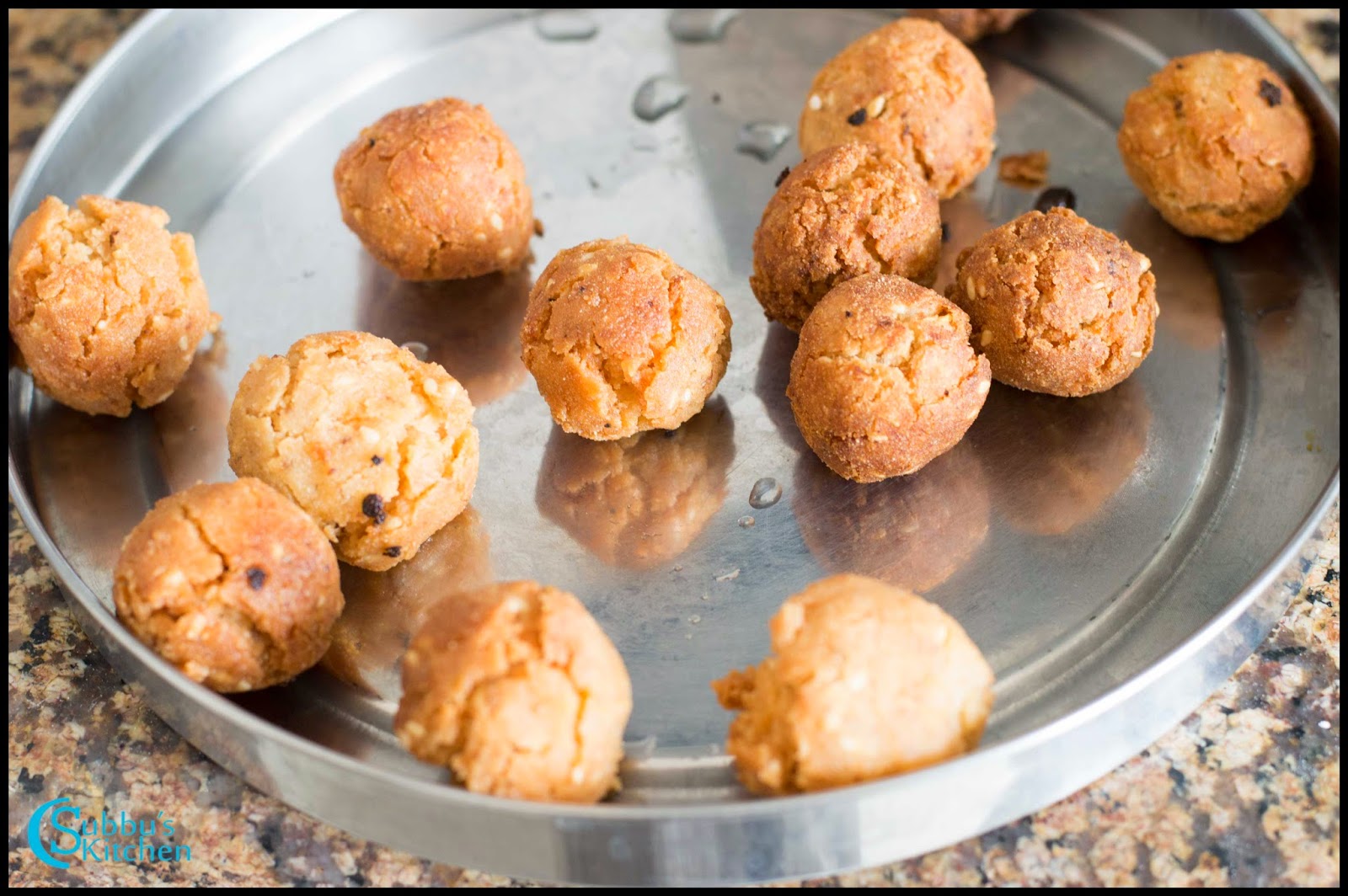Varalakshmi Pooja is an important pooja performed by many women in the states of Andra and Tamilnadu. This year Varalakshmi Viratham is on 28th Aug 2015.
Varalakshmi Pooja is celebrated on the friday, before the full moon day, in the Tamil Month Sravana (July-August). Varalakshmi is yet another form of Lord Vishnu’s consort, Lakshmi, the goddess of wealth. Varalakshmi is believed to be the one who grants boons (Varam).
Varalakshmi Pooja can be performed any woman with no restriction of caste or creed. The legend of Varalakshmi Vratham is that Goddess Varalakshmi appeared in a woman devotee named Charumathi’s dream and expressed her satisfaction in the woman’s devotion towards the Goddess.
During this auspicious day, married women gets up early in the morning and decorate their front yards with rangolis. Later they take oil bath and wear new cloths and jewellery. Also they start preparing neivedhyam for the pooja and decorate the kalasam. Every women who has the ritual to perform this viratham will have the Varalakshmi face(Amman mugham) in Silver. As a conclusion to the festivities, they sing praises of the goddess and also invite another married woman to don the role of Lakshmi and offer them sweets. That evening, the neighbours are invited to the home and offered tamboolam. Together they sing hymns in praise of goddess Varalakshmi.
Decorating Varalakshmi Amman
In a thambalam(Plate), plantain leaf(Vazhaiilai) is laid and over the leaf, put 1 cup of raw rice and spread it evenly. Keep a silver pot(Sombu) and decorate the sivler pot with sandal and kumkum. The silver pot is filled with rice or water, coins, turmeric, betel leaf and a nut. Take a coconut rub it with turmeric keep that Over the silver pot, on the top of the coconut, decorate with karugumani bangles and cover the silver pot with blouse piece. Now place the Varalakshmi face over the coconut and tie it tightly in the back of the coconut to avoid falling. Decorate the Amman Mugham with different colors of flowers and gold chains. Decorating amman with Panju thiri malai is very auspicious. Now decorate a small table with thoraman and maaviali(Mango tree leaf) and place the thamabalam inside the table. On the day of varalakshmi viratham, in the morning, we need to decorate the amman in thambalam first and in the entrance of house, we need to wet the floor and put kolam and place the amman thambalam in the kolam and we need to sing "Varalakshmi Ra Ve Ma Intiki" and slowly lift the amman thambalam and bring it to the Pooja room where the small table is ready with thoranam and maavilai and place it thambalam inside the table slowly and gently.
Preparation before Pooja:
We need to ensure the following items to be kept ready before starting the pooja as it not advisable to get up in the middle of pooja.
- Coconut
- Beetle leaf with nut
- 5 varieties of fruits if not at least banana
- Flowers( Especially lotus petals and Ganera(Sev arali poo) are very auspicious)
- Neivedhyam Items ( Annam (Rice with dal and ghee), Pacharisi Idly, Kozhakattai, Payasam, Vadai)
- Nonbu Saradu (Holy yellow rope with a small flower tied in the middle of each rope). This ninbu saradu has to be placed in Varalakshmi Amman's Feet
- A Tumber with water and a spoon
Perform Pooja
Pooja is available in the internet as well as we can get DVD's which can be played to perform the viratham. We can also call sastri(priest) who will perform this pooja at our home.
Vinayakar PoojaTake a beetle leaf, and place it by the edge facing the north side. Take 2 teaspoon of turmeric and using little water make small mountain like mould which represent Lord Vinayakar. Place it in the middle of the beetle leaf and place some kumkum at the top of vinayakar and chant the following slokas by taking flowers and akshadhai.
- Om Sumugaya Namaha
- Om Yegathanthaya Namaha
- Om Kabilaya Namaha
- Om Kajakarnikaya Namaha
- Om Lambodharaya Namaha
- Om Vigadaya Namaha
- Om Viknarajaya Namaha
- Om Ganadhipaya Namaha
- Om Thumakedhave Namaha
- Om Ganadhakshaya Namaha
- Om Balachandraya Namaha
- Om Vakrathundaya Namaha
- Om Soorpakarnaya Namaha
- Om Heryrambaya Namaha
- Om Skandhapoorvajaya Namaha
- Om Mahaganapadhiye Namaha
Nanavidha Parimala Patra Pushpani samarpayami. We need to perform the above vigneshwara pooja and move the beetle leaf to the north side and then start with Varalakshmi Pooja.
Varalakshmi Pooja
There are many DVD's available in market, you can buy them and follow the instructions or we can call a priest(Sashtri) and perform the pooja. If you are living abroad and have a short time to perform viratham, then you can chant "
Mahalakshmi Ashtothram" and put flowers for each sloka and finish the pooja.
After the pooja is done, we need to perform neivedhyam which is followed by maha deeparadhanai.
General Neivedhya Items for the pooja| Salyannam | Plain white cooked rice |
| Kruthakula Payasam | Paruppu Payasam(Dal Kheer) |
| Mashapubam | Ulundhu vadai (Urid dal vada) |
| Kudapubam | Appam |
| Lattugam | Pacharisi Idly |
| Sanagam | Kondaikadalai Sundal(Chick peas sundal) |
| Modhagam | Kozhukattai |
| Nalikerakandam | Coconut break into half |
| Kathalepalam | Banana |
| Patharepalam | Ilandhapazham(Ber) |
| Jambubalam | Navarpazham(indian blackberry) |
| Peejapurapalam) | Guva fruit |
| Narthapalam | Orange/ sweet lime |
Once the Neivedhyam and Deeparathanai is done, every women in the house including babies from 1 year should tie the nonbu saradu in their right hand. Generally, the elderly married women in the house ties the nonbu kayiru in her right hand with the help of her husband and she will in turn ties other nonbu kayiru to kanya(unmarried) girls at home. Everyone after they tie the knot in their hand ,they will pray to Varalakshmi godess to seek her blessings.
Before tying the knot, we need to do the following.
Take a tambalam and place coconut, fruits, beetle leaves with nuts, turmeric and give the thambalam to the women and chant the following sloka and tie the nonbu saradu
"Navathanthu Samayuktham Navakranthi Samanvitham
Pathneeyam thakshanye hasthey thoragam harivallabey"
After saying these lines, we need to tie the knot to the first elder women in the family. We have to again repeat the same for the rest of kanya girls in the family.
If we have invited Priest, we need to give him a thambalam with beetle leaves with nut, fruits, coconut, neivedhyam items and also his fees.
On this day day for the dinner, woman should not eat rice. They can eat light tiffin. Generally it is a tradition to eat the neivedhya items for dinner. My mom used to eat only pacharisi idly for dinner.
In the evening, We need to make fresh arathi and after lighting the deepam, and we should invite other married women and give them thambulam along with chick peas sundal. Generally in my young days, my mom used to do sundal the next day which we call it as Punar Poojai.
Punar Poojai:Next day, we need to do Punar Poojai. We need to do neivedhyam(fruits) for Amman. We need to chant Lakshmi Ashtotharam and do deeparathanai. Chant the below mantra using flowers and akshatai
"Asmath Kumbath Sri Varalakshmem
Yadhasthanam Pradhishtapayami
So' Panarthey Kshemaya Punaragamanaya cha"
Chanting the above mantra, we need to put the flowers and akshatai in Amman's feet and gently move the kalasam to the north direction and we can sing Amman songs.
Before going to sleep, we need to take the Amman kalasam and keep it inside the rice drim(sack). We can use the coconut in the kalasam the next friday and make payasam.
Recipes for Neivedhyam:









